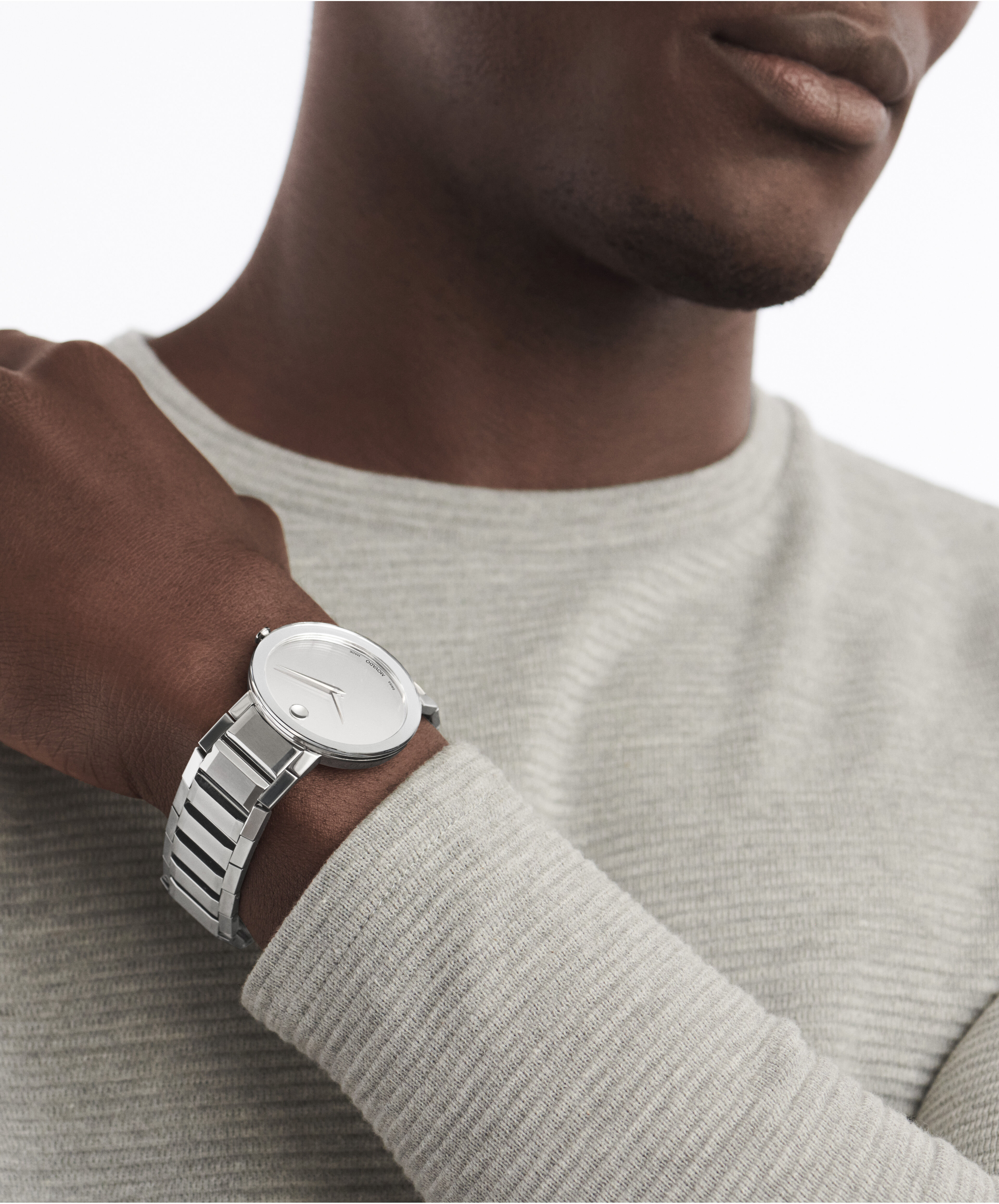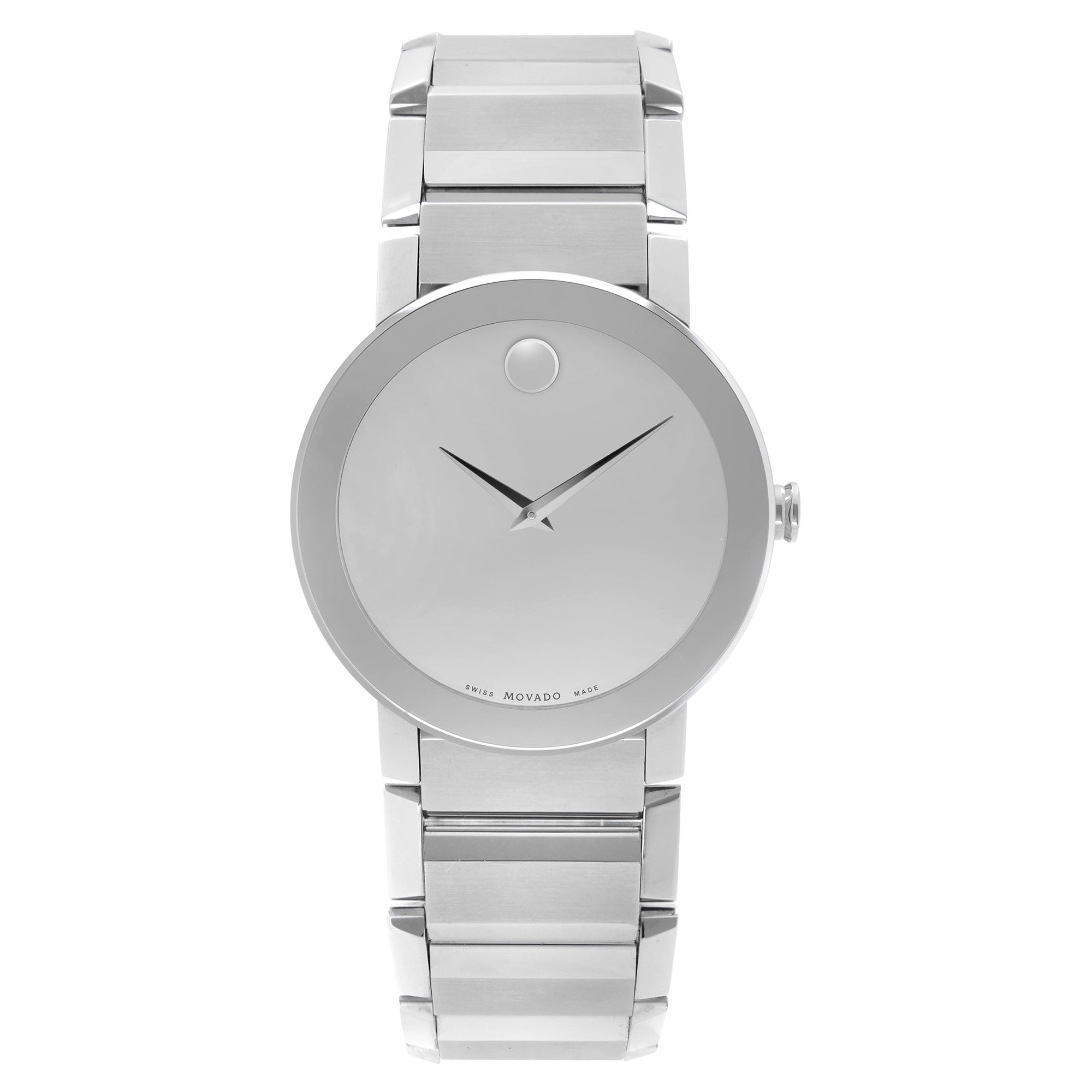
Below the woman's photo the footnote reads: "The "Normal" Ermeto in automatic winding for Gentlemen and for Ladies", promoting it as a unisex model. The "Baby" was intended mainly for ladies' handbags whereas the "Normal" was promoted as a unisex model.ġ929 ad in French showing the watches of the then King of Belgium and Pope Pius XI. The latter a desk clock with an 8-day movement. The Ermeto range comprised four sizes, from smaller to bigger (approximate dimensions with the case closed included for reference purposes only, they may vary depending on each unit): "Baby" (43 x 26 mm), "Normal" (48 x 34 mm), "Master" (54 x 37 mm) and "Pullman" (100 x 70 mm). The rectangular case is made up of two sliding covers enclosing the timepiece inside. The trademark Ermeto derives from the Greek ερμητικός, transliterated as ermētikós, which means “hermetic, sealed”, in reference to the characterictics of the case design, emphasizing the watch protection against dust, moisture and shocks, although it was not hermetic in the strict sense of the term.

It won the Grand Prix at the 1929 Barcelona International Exposition.

The model, a joint creation between case maker Huguenin Frères and watch maker Movado, was introduced in 1926.

"Normal" size with automatic winding system called "Non-Stop" by Movado.Ī Movado Ermeto watch was a pocket/purse watch manufactured between 19 by Movado in La Chaux-de-Fonds ( Switzerland). A 1928 Ermeto chronometer, silver case covered in lizard skin.


 0 kommentar(er)
0 kommentar(er)
